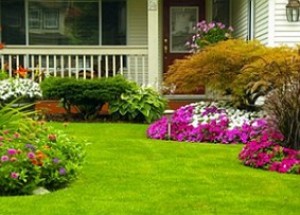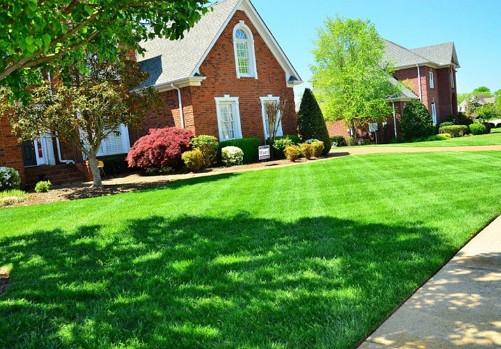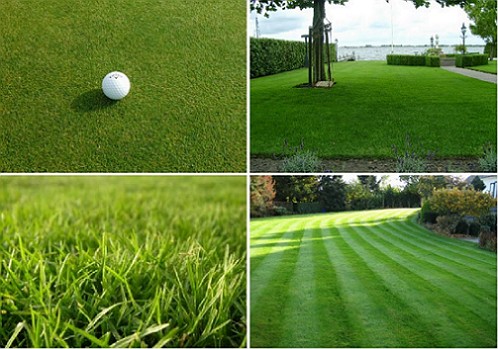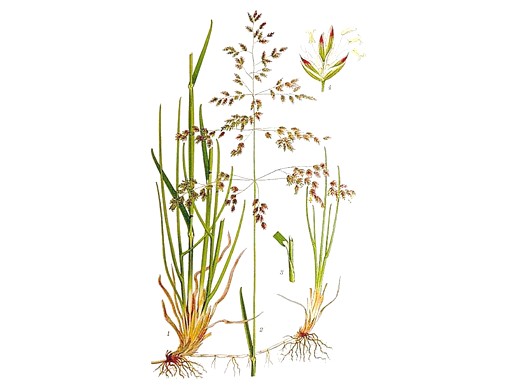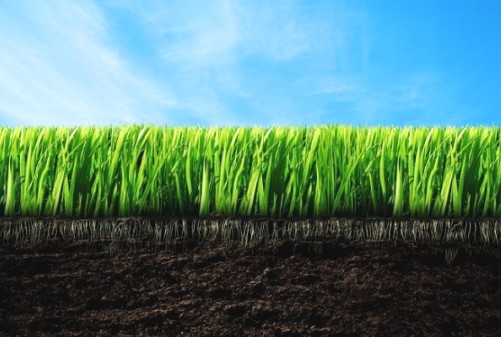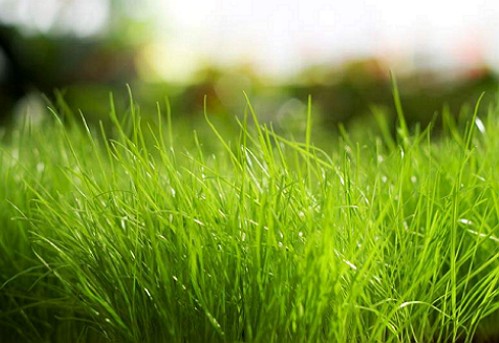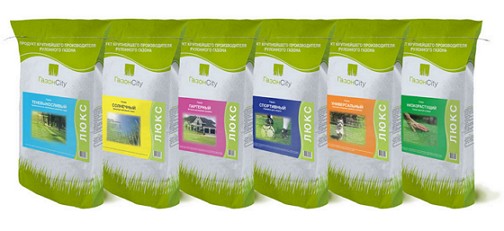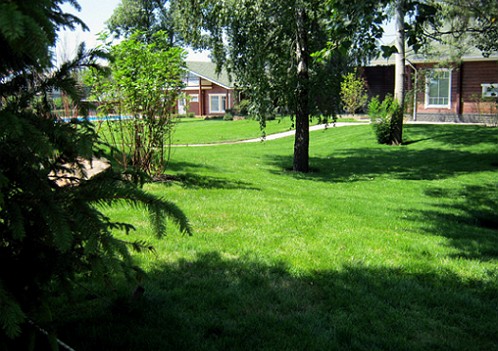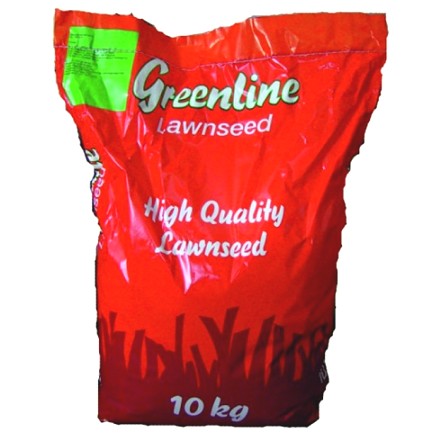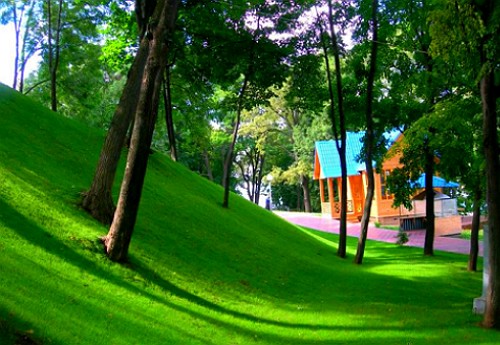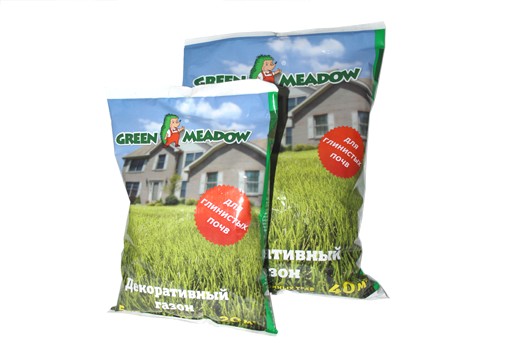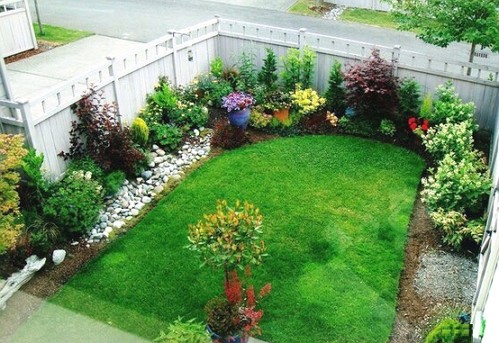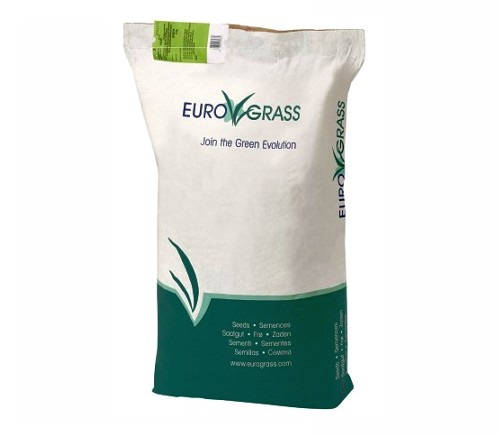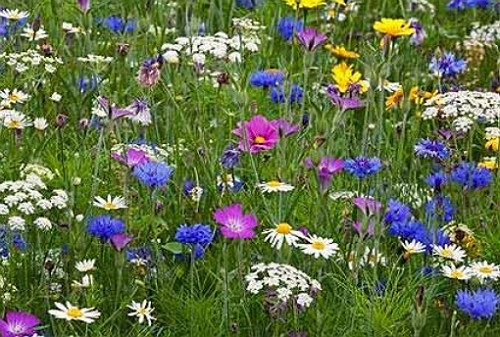The most skilled gardeners worked on creating the first lawns in the central part of the parks with sculptural groups using exquisite and rare herbs for sowing. The secret of the collected grass mixtures was kept in the strictest secrecy, breaking which the gardener could pay with his life.
Content
Today, the lawn is not the property of exceptionally rich and noble people. On the contrary, you can pick up lawn grass for any existing kind of decoration of parks and gardens. Fortunately, breeders create new types of mixture for planting.
Choosing a lawn mix
The choice of lawn grass is always associated with the type and purpose of the lawn. Naturally, for a certain type of lawn, a grass mixture is selected, the criteria of which are:
• climatic and soil conditions (acidity and soil composition)
• hydrological conditions due to groundwater level
• solar illumination during daylight hours
• Operating conditions and intensity of care.
The key point is the purpose of the lawn and the climatic conditions that create or hinder the creation of a good lawn on the site. It is necessary to distinguish decorative, sport and special types of lawn, which determine the quality and composition of the herbal mixture. Basic lawn grasses, Maximally adapted to the climatic conditions of our territories, are:
• fine wool (Agrostis tenuis)
• Red fescue (Festuca rubra)
• bluegrass meadow (Poa pratensis)
• Lawngrass lawn (Lolium perenne L.)
The percentage composition of the seeds in the base herbal mixture is evenly distributed.
Helpful Tips
We will show that most lawn grasses are perennial cereals, which are also 2-3 tiers in height as they grow and in the composition of 2-3 components. In the lower tier of the grass stand are grasses with thin shoots and narrow leaves (bluegrass meadow, bent grass and fescue).
In the upper and semi-high tier of complex grass mixtures grow tall grasses (ryegrass pasture) with shortened vegetative and high generative shoots, creating in the total mass the density of the bush.
After mowing the lawn, growing tiered grasses, begin to bush, forming sod from the shortened stems of grasses and leaves.
Choose the seeds of lawn grass correctly
what grass mixtures are used for a decorative lawn
The grass mix for lawn decorative is saturated with seeds of lawn grass, with the growth of creating a solid green carpet with a height of 2-3 cm with a minimum load on the surface. The effect of a soft coating creates grass, the sowing of which is carried out when creating a decorative lawn, in the following proportion:
• Fescue red stiff-25%
• ryegrass pasture - 25%
• Red fescue -25%
• meadow grass - 25%.
A classic lawn lawn decorative mixture is suitable for shaded and sunny areas and lawns. Optimal period of sowing grass is considered spring and autumn, the norm of sowing the grass mixture leaves 15-40 g per 1 m.2.
shaded areas
For shaded areas that have partial shading and transient shade to 4-5 hours a day, the seed composition is slightly different. For lawn grass, preference is best given to the composition of Meadowgrass meadow (Poa pratens.) Varieties Avalanche, Award, Nuglade with a seed rate of 12 g / m 2. and Fescue red (Festuca rubra) varieties Trophy and Cezanne with a seeding rate of 3 g / m 2.
sunny and arid
Preference is given to mixtures of such composition for open solar and arid areas:
• Reed fescue - 45%
• ryegrass pasture - 10%
• Red fescue - 35%
• bluegrass meadow - 10%.
The rate of seeding of a drought-resistant mixture for a decorative lawn is 35-40 g / m 2.
low growing decorative
Of particular interest is the decorative mix of low-growing with an average degree of care. Low-growth mixtures "Liliput" is characterized by slow growth and low height of the cover, which does not need private haircuts. The composition of low-growth mixtures includes:
• lyvista - fescue red stiff -75%
• Liprose - fescue red stiff - 10%
• Limousine - meadow grass - 15%.
The rate of sowing Liliputa is small - 25 g / m2., But a representative decorative lawn with self-sowing will be provided.
Helpful Tips
For grass mixtures of decorative lawn are characterized by: high decorative, good ability to restore and build up the cover, developed root system with the ability to vegetation and adaptation.
The price of mixtures is also "good", because many years of selection develops along the way of improving decorative properties, which is associated with experiments.
For example, the composition of a universal five-component grass mixture suitable for virtually all types of soil is as follows:
• Red fescue -10%
• annual ryegrass-25%
• Reed fescue -35%
• Strawberry fescue hard -20%
• ryegrass pasture perennial-10%.
Such a composition allows everywhere to conduct landscaping of private plots.
we select grass mixes for a lawn of sports
Sporting gazon features dense sod and a good ability to quickly restore the original species. The effect of a dense turf of a sports lawn provides a grass mix, with the composition:
• Reed fescue - 45%
• perennial ryegrass -40%
• meadow grass - 15%.
The rate of sowing of the grass mixture of a sports lawn is 40-50 g / m2. To create a more dense cover of the lawn, the norm is doubled and the sowing is carried out in autumn at a temperature of plus 5 degrees. In the fall, the load on the sports turf is minimal, which allows the grass to grow stronger with rapid germination and safely winter.
The ideal composition for arid areas of sports lawn is considered to be:
• Strawberry fescue hard - 35%
• Reed fescue - 40%
• ryegrass for many years - 15%
• meadow grass - 10%.
The lawn retains a rich and juicy color after germination to the beginning of the sporting season and quickly restores the turf with grass after the damage.
There are also special grass mixtures for moorish lawns, consisting of collecting seeds of annual beautiful flowering plants.
How to choose the seeds for planting a lawn, shown here.


